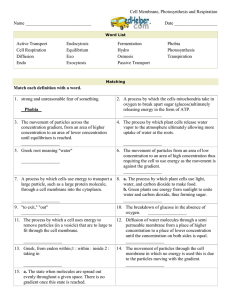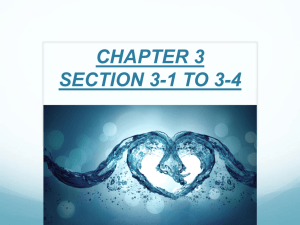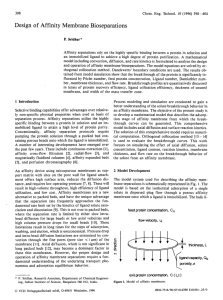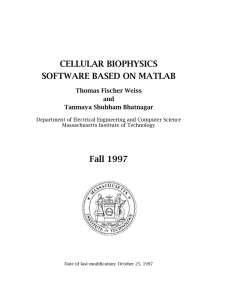Cell Membrane Processes
advertisement
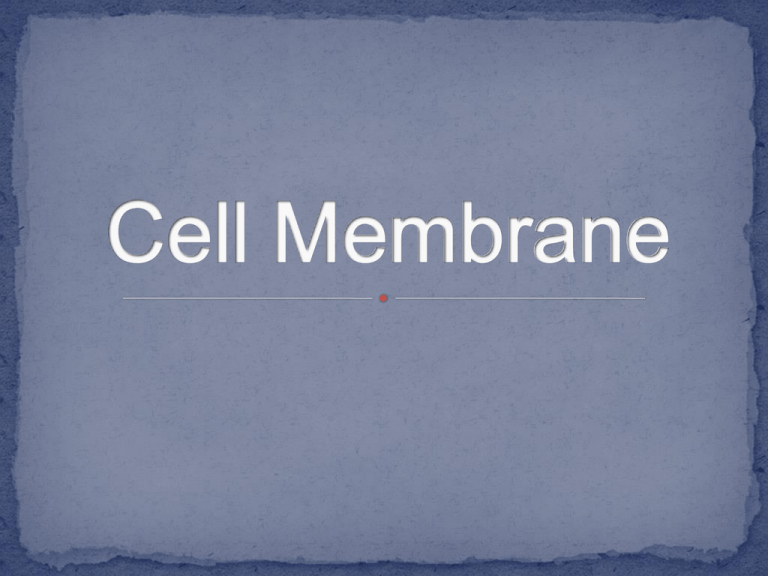
Boundary that separates the living cell from its’ non-living surroundings. Controls what enters and leaves the cell and provides protection and support. Selectively permeable- only allows certain things to enter and leave the cell Maintains homeostasis Permeable – anything can cross. Impermeable –nothing can cross Selectively permeable-(cell membrane)allows some substances to cross more easily than others. The amount of solute (what is dissolving) per amount of solution. The cytoplasm of the cell is one concentration The outside of the cell is another concentration They work to have the same concentration Concentration gradient – occurs when there are differences in concentration. When the concentration of the outside of the cell is the same as the concentration of the cytoplasm, the cell has reached equilibrium. Osmosis occurs when water molecules move across a membrane from an area of high concentration to an area of low concentration. (with a concentration gradient). This occurs until equilibrium occurs. Diffusion is the movement of particles from an area of high concentration to an area of low concentration. Does not require energy. The diffusion of water. Hypertonic solution – a solution with a greater concentration of solute outside the cell than inside. What direction will water flow?? The diffusion of water. Hypotonic solution – a solution with a lower concentration of solute outside the cell than inside the cell. What direction will water flow?? The diffusion of water. Isotonic solution – a solution with a concentration of solute outside the cell equal to the concentration inside the cell. What direction will water flow?? Diffusion of larger or highly charged molecules with the “help” of protein channels. Does not require energy. Movement of particles across a membrane from an area of lower concentration to an area of higher concentration. (against the concentration gradient) Requires energy!! Small particles use protein pumps. Larger particles require movement of the cell membrane. Endocytosis – taking in material. Phagocytosis – cell eating (taking in food) Pinocytosis – cell drinking (taking in liquid) Exocytosis – getting rid of waste. * Membrane is composed of Phospholipids, Proteins, and Carbohydrates a. Phospholipids- an amphipathic molecule, which means it has both a hydrophilic region (attracts water) and a hydrophobic region (repels water). b. Proteins- embedded and dispersed throughout the membrane c. Carbohydrates 2 major types: 1. 2. 3. 4. 5. Peripheral- lies on the surface of the membrane. Transmits stimuli from outside the cell to inside the cell and inf luences cell shape Integral- extends through the membrane A. marker protein-(name tags) identifies cells B. Transport protein(shipping/receiving) C. Receptor protein- (communication) interacts with other cells •Look like helium balloons •They are not connected together •They have a hydrophilic region (polar) which attracts water •They have a hydrophobic region (non-polar) which repels water •A bi-layer system •Called a Fluid Mosaic Model- because it f lows and has many parts that intermingle.




